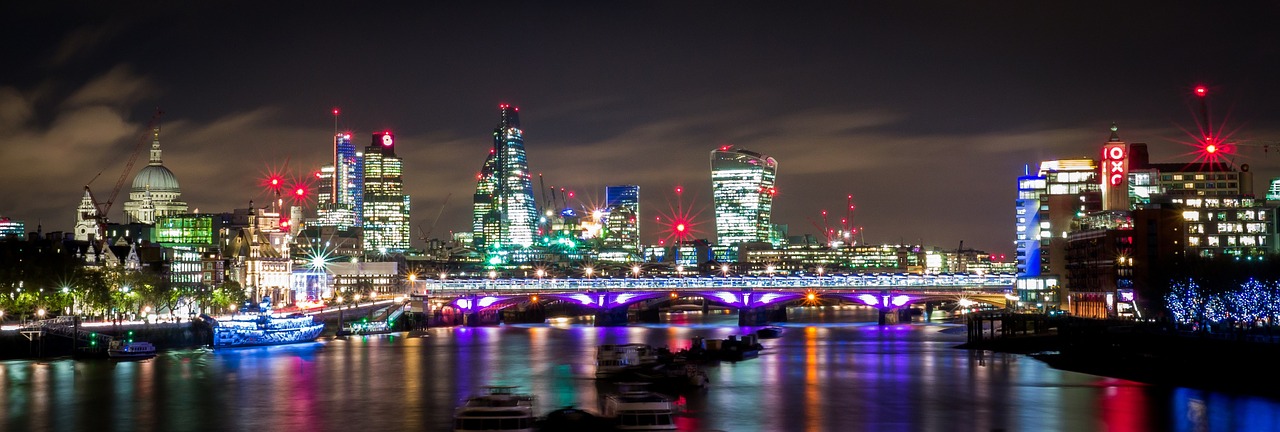Following tragic events at the Grenfell Tower in London on 14 June 2017, the UK government has resolved to reform UK building regulations to prevent similar tragedies in the future.
On Friday 15 March, a major opportunity for the fire-safety and construction communities to influence this process ended, when the UK government’s call for evidence around the review of Approved Document B – the guidance for fire protection in building regulations in England – closed for submissions.
The scope of current building regulations is limited to the health and safety of people in buildings. While this focus has in the past been understandable, I would argue that by neglecting property protection the longevity and value of much of England’s built environment has been undermined.
In FM Global’s response to the call for evidence, we call for the inclusion of property protection within the scope of regulations to help preserve our buildings and the lives of their occupants. As a commercial property insurer with a tradition of engineering expertise, FM Global feels a responsibility to share our best practices for managing fire risk and improving property protection with the government and the wider community.
This scope’s expansion to include property protection must be proportionate, taking into account social and economic impacts a fire in a building could have, while also meeting societal expectations that critical public buildings can quickly recover from a fire.
Sprinklers
In its call for evidence the government welcomed views on the use of sprinklers. This is fundamentally a positive development, as properly maintained sprinkler protection systems can be an important part of a fire safety approach that saves lives and protects property. This is backed up by statistics from UK Fire and Rescue Services which corroborate our own, global figures in showing the effectiveness of these systems:
- Fires sprinklers are an effective way to control the spread of fire or help extinguish fire 99% of the time.
- Sprinklers have an operational reliability of 94% and are a proven system for managing fire risk in buildings
- Damage caused by fire in industrial facilities decreases by over 50% when sprinklers are used and 75% in residential buildings
As part of the technical review, the government is also looking at construction details including construction materials. Any changes to the guidance should provide clarity for building owners on what materials they can and can’t use and how they can determine whether construction materials are suitable.
Owners of buildings under the combustible materials ban cut-off of 18 metres must still carefully consider their choice of materials
While the recent combustible materials ban for selected buildings over 18 metres offered clarity it has also generated much debate. Although attention is focused on taller buildings, FM Global strongly believes that owners of buildings under this 18 metre cut-off still need to carefully consider and select materials. In fact, material selection should be clear and consistent, irrespective of building height.
FM Global believes that designers and developers of buildings below the 18 metre cut-off should only use construction systems that have been suitably tested to demonstrate performance with respect to fire risk. This could be achieved by clearly explaining within the guidance the desired level of testing, performance and product approval for specific applications of materials.
Given recent fire events this should extend to attachments to buildings such as balconies, since they can lead to additional routes for fire spread and are not just limited to taller buildings.
FM Global also believes that the issue of compartment sizes in industrial and warehouse locations across England should be reviewed. Current guidance allows some of the largest compartment sizes for single-story industrial facilities in the Western world.
Large compartment sizes may lead to fires becoming uncontrollable if the affected area is too large for fire and rescue services to contain using existing water infrastructure – particularly if no fire suppression systems are in place.
Such large compartment sizes are also beyond the ability of the fire and rescue service to quickly and effectively search to affect rescues. A recent test conducted by Greater Manchester Fire and Rescue Service highlighted that while guidance permit warehouses with compartments of up to 20,000m2 and unlimited industrial building compartments, their crews can only reasonably search a fraction of this area.
These suggestions, along with a greater emphasis on verification that fire-safety guidelines have been followed in the building design and construction phases, would go a long way to restoring confidence in the UK’s fire safety guidelines – and savings lives and protecting property in the long term.
2023 Fire Safety eBook – Grab your free copy!
Download the Fire Safety in 2023 eBook, keeping you up to date with the biggest news and prosecution stories from around the industry. Chapters include important updates such as the Fire Safety (England) Regulations 2022 and an overview of the new British Standard for the digital management of fire safety information.
Plus, we explore the growing risks of lithium-ion battery fires and hear from experts in disability evacuation and social housing.


